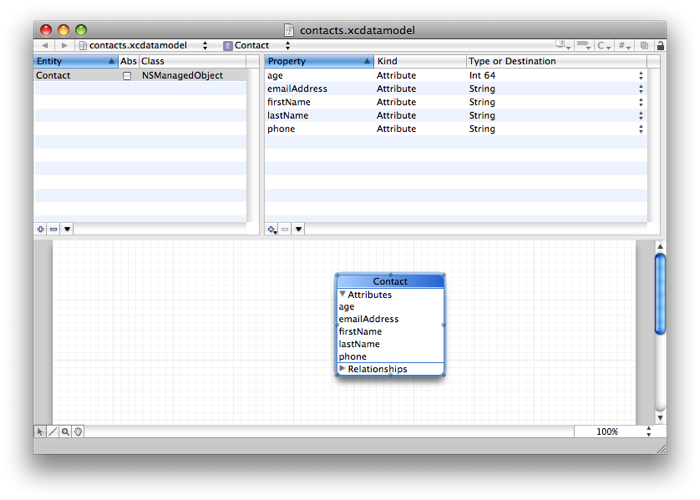Hello, iPhone!
For the last few months, I’ve been spending a lot of time learning how to create apps for the Mac. Since I’m slowly starting to run out of new tutorials to read, I’ve decided to find myself something new to learn ;) Well, not completely new, actually, as a lot of that knowledge about Cocoa is going to be very useful.
I’m talking about iPhone development, of course. I bought an ebook about iPhone SDK from Pragmatic Programmers some time ago, which looks very promising, but I didn’t really start learning, because I wanted to get the iPhone development certificate first, and that took some time. You see, Apple’s platform is so damn open that to install even a “Hello world” on your own phone, you have to have a set of certificates from Apple, which they give you only after you register for an “iPhone developer program” which costs 100$. Really, guys, this is not how you attract developers to a platform… :\
Anyway, I got the certificates now, so I was finally able to run the “Hello world” on my phone :) Here’s a proof:



